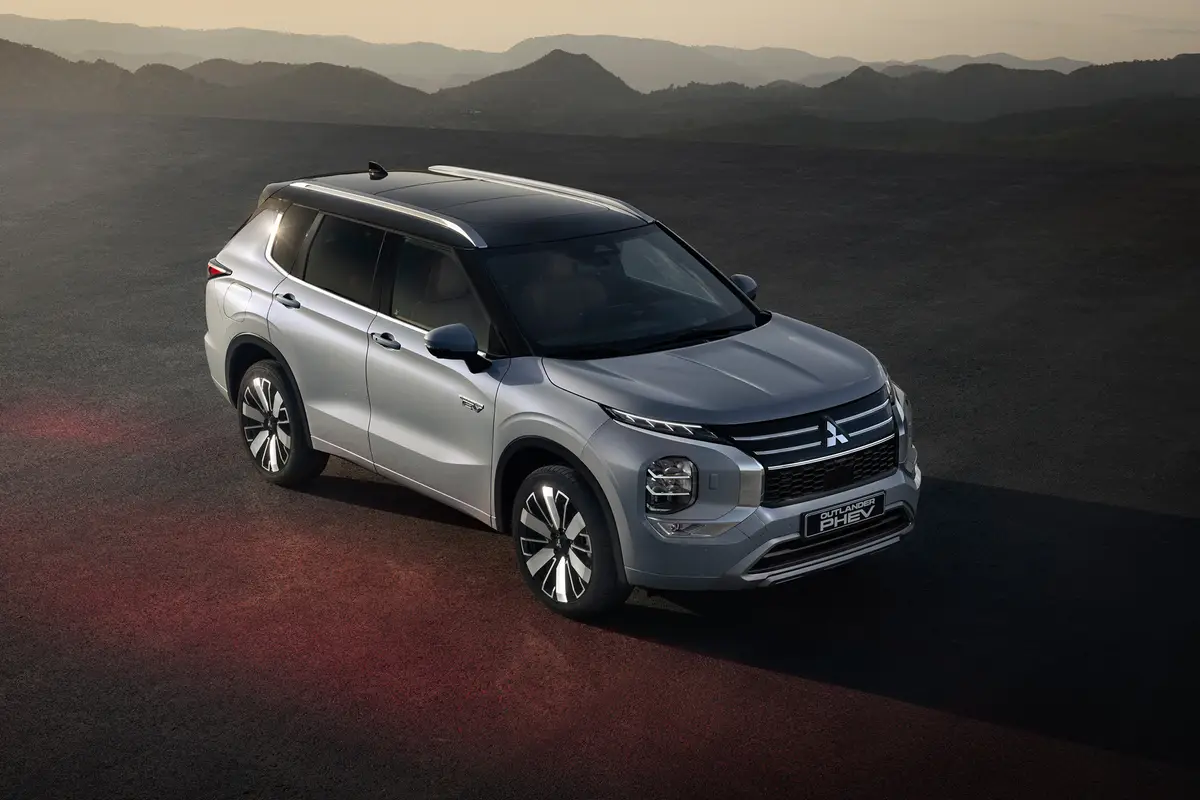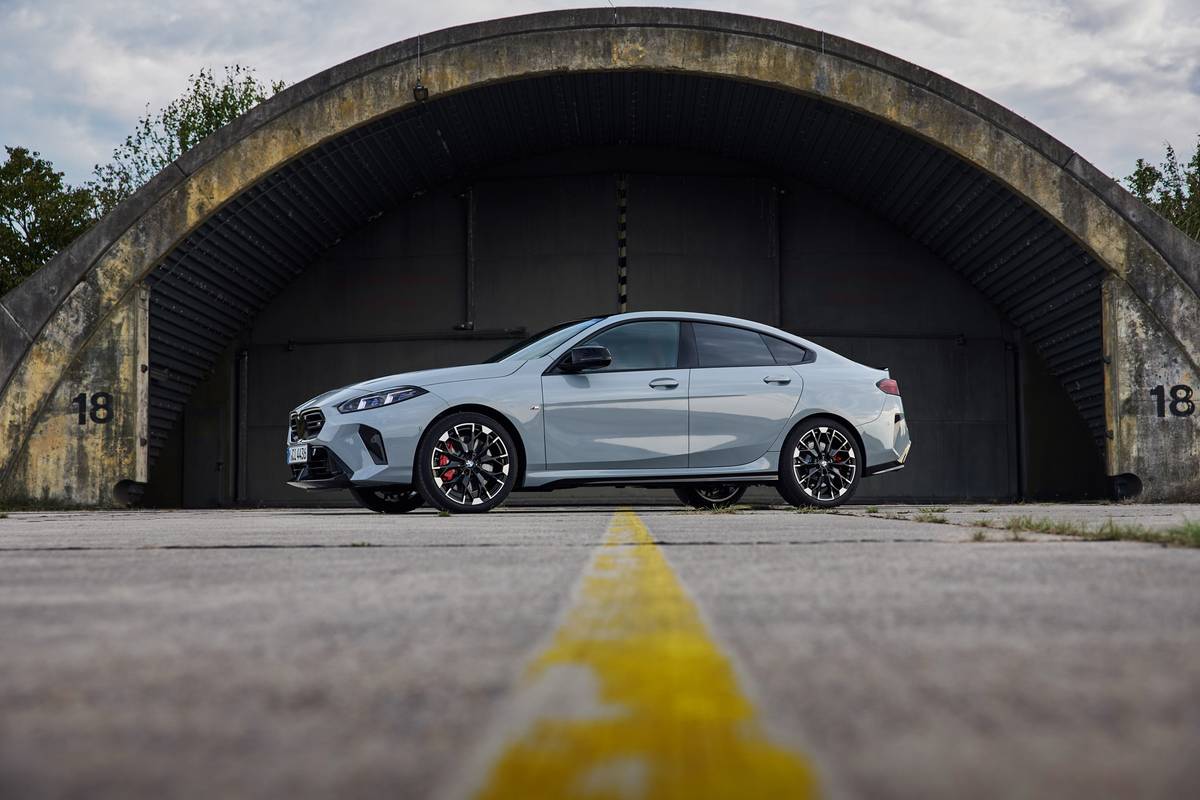Star-Telegram.com's view
The Toyota Corolla – already the best-selling car of all time – is in an enviable position as gasoline prices continue their record climb.
One of the most fuel-efficient family sedans on the market, the Corolla is seeing a sales boom like never before as Americans grapple with high fuel costs.
The base model, for instance, is EPA rated at 27 miles per gallon in the city and 35 mpg on the highway with automatic transmission, and 26/35 with manual (yes, the automatic has better mileage).
The Corolla has been selling so well in the past three months that it has overtaken even the Ford F-150 pickup, which had been the nation’s best-selling vehicle since 1992.
For 2009, the Corolla has been redesigned. The 10th generation of the venerable Toyota compact sedan has a new body and chassis, a reworked interior, and a choice of five trim levels.
Prices begin at $15,250 (plus $660 freight), which makes the Corolla quite affordable for many consumers.
It’s also a bit larger than before — nearly a half-inch longer and two-and-a-half inches wider than the 2008 model, giving the car more interior space. It’s now about the same size that the midsize Camry was two generations ago.
It’s an inch lower, but cabin width and shoulder room have been increased. The rear floor is almost completely flat to help improve legroom, especially for the middle passenger.
Toyota introduced the Corolla in Japan in 1966 and in the United States in 1968, and since then, more than 30 million have been sold. It is the second-best-selling car in the U.S. market this spring, behind the similarly sized Honda Civic.
The makeover brought a new, more-powerful base 1.8-liter, four-cylinder engine, the one that offers that great fuel economy.
There’s also an optional 2.4-liter four-cylinder, which came in the test vehicle we drove this past week. That one has EPA ratings of 22 city/30 highway with the manual gearbox, included in our test car, or the optional five-speed automatic.
“Over the past decade or so, as cars continued to get larger and more powerful and SUVs became the de facto symbol of American mobility, many analysts and carmakers began to question whether small cars like the Corolla had a future,” said Tim Morrison, car and van marketing manager for Toyota Motor Sales U.S.A.
The base engine is rated at 132 horsepower and 128 foot-pounds of torque, and is included on the Standard, S, LE and XLE models.
The uplevel XRS model ($18,760 with manual, $19,950 with automatic), which we tested, has the bigger engine, rated at 158 horsepower and 162 foot-pounds of torque. The car can accelerate from zero to 60 mph in 8.1 seconds, but I’d probably trade that extra zip for the better fuel economy of the 1.8-liter engine.
The 2.4-liter engine is the same one used in the redesigned 2008 Scion xB crossover wagon, as well as the Scion tC coupe. It’s also the base engine in the 2008 Camry.
Toyota says the XRS was designed to appeal to a younger audience. Among its features are edgier styling, sport seats, a leather-trimmed shift knob, and a rear spoiler.
With extras, our tester’s sticker price jumped up to $22,204 (including freight), but it’s quite possible to have a nicely equipped Corolla for a lot less money.
Standard, S, LE and XLE Corolla models come with front disc/rear drum brakes, but the XRS gets four-wheel disc brakes. All models come with antilock brakes, along with electronic brakeforce distribution and brake assist.
Electronic stability control, a must-have safety feature, is standard on the XRS and optional on the other trim levels. Traction control also comes with the XRS, and is optional on the other models.
All versions come with front seat-mounted side air bags, along with roof-mounted side-curtain air bags for both rows of seats.
Active front headrests, standard on all trims, have a cable that moves the headrest up and forward when a rear-end collision occurs. The headrest is activated by the weight of the driver or front passenger pushing against the seatback, pulling on the cable.
A new rack-and-pinion steering system uses electric power assist, replacing the engine-driven hydraulic system of the previous model. This began with Toyota’s hybrid models, whose gasoline engines shut down during stops and low-speed driving; it has since been added to other models, including the RAV4 compact crossover, Yaris subcompact, and Highlander midsize crossover.
A new three-spoke steering wheel comes with manual tilt and telescoping adjustments. Leather seats are available on S and XRS models, but our tester had cloth seats.
Base and LE models come with a four-speaker AM/FM/single-disc CD player. S, XRS and XLE versions get a six-speaker system.
A premium eight-speaker JBL audio system with a six-disc CD changer, XM satellite radio, and steering-wheel controls is an additional $1,060, and was included on our test vehicle.
All Corolla audio systems have MP3 disc playback capability, as well as an auxiliary input jack for an iPod or other portable music player. All are satellite ready, too.
A factory-installed navigation system is offered for the first time on a Corolla. It’s available on the S, XRS and XLE models, and comes with XM NavTraffic, which gives real-time traffic alerts for major cities. We didn’t get the chance to test it, as it was not included on our car.
A tire-pressure monitoring system also is new, and is standard on all models.
There are lots of storage spaces in the new Corolla, which has upper and lower glove boxes. The trunk is quite roomy for a compact, with 16.6 cubic feet of space – more than many midsize sedans.
XLE models come with a console between the front seats with storage compartments and a sliding armrest. A hook on the passenger side of the console is designed to hold a purse or trash bag.
Inside, the car is roomy enough for five average-size adults, especially if the front bucket seats aren’t pushed all the way back. The front seats are comfortable even for long jaunts.
Standard features on our XRS included 17-inch alloy wheels, cruise control, multi-reflector halogen headlights, air conditioning, folding outside power mirrors, color-keyed front and rear underbody spoilers, tilt-and-telescopic leather-wrapped steering wheel, front sport bucket seats, and a digital clock.
Extras on the test vehicle included a power package ($635), which brought power windows and door locks with remote; a power tilt-and-slide sunroof ($890); and carpeted floor and trunk mats ($199).
2009 Toyota Corolla
The package: Compact, four-door, five-passenger, four-cylinder, entry-level sedan.
Highlights: Toyota’s popular economy compact was redesigned for 2009, getting a new chassis, engines, styling, and interiors. Roomy enough for five, with great fuel economy, especially with the base engine.
Negatives: Can get pricey in the higher trim levels with all the options.
Engine: 1.8-liter inline four-cylinder; 2.4-liter inline four-cylinder.
Transmission: Five-speed manual; four- or five-speed automatic.
Power/torque: 132 HP./128 foot-pounds (1.8); 158 HP./162 foot-pounds (2.4).
Length: 178.7 inches.
Curb weight: 2,723-2,965 pounds.
Brakes, front/rear: Disc/drum, antilock (XRS: disk/disk, antilock).
Trunk volume: 16.6 cubic feet.
Towing capacity: 1,500 pounds.
Fuel capacity/type: 13.3 gallons/unleaded regular.
EPA fuel economy: 27 mpg city/35 highway (1.8-liter, automatic); 26/35 (1.8 manual); 22/30 (2.4-liter, either transmission).
Base price range: $15,250-$19,950 plus $660 freight.
Price as tested: $22,204, including freight and options (XRS manual).
On the Road rating: 8.7 (of a possible 10).
The automotive columns of G. Chambers Williams III have appeared regularly in the Star-Telegram since 1995. Contact him at chambers@star-telegram.com.
Latest news



